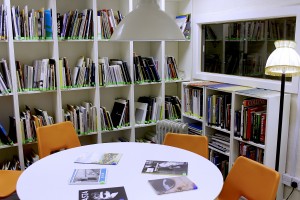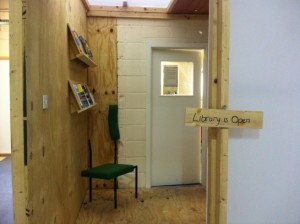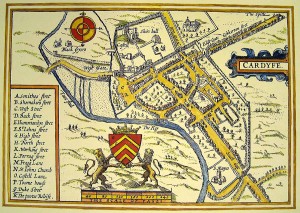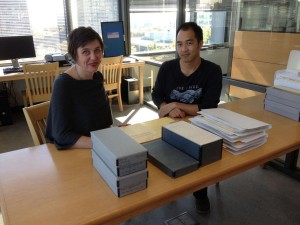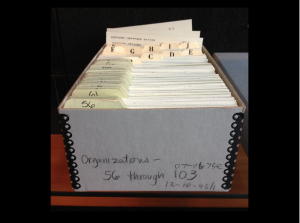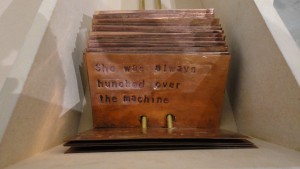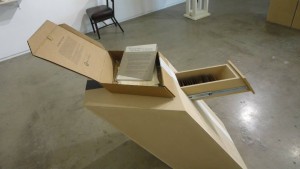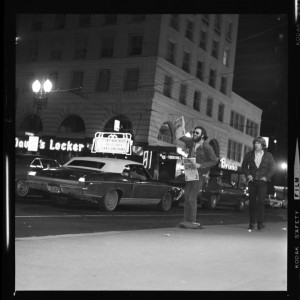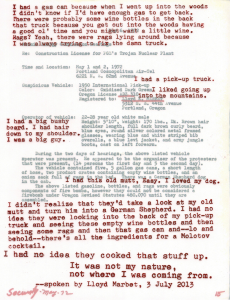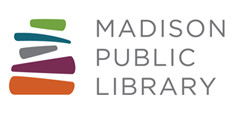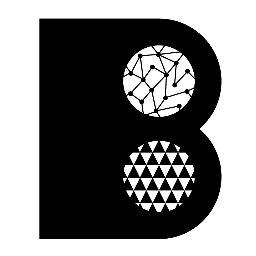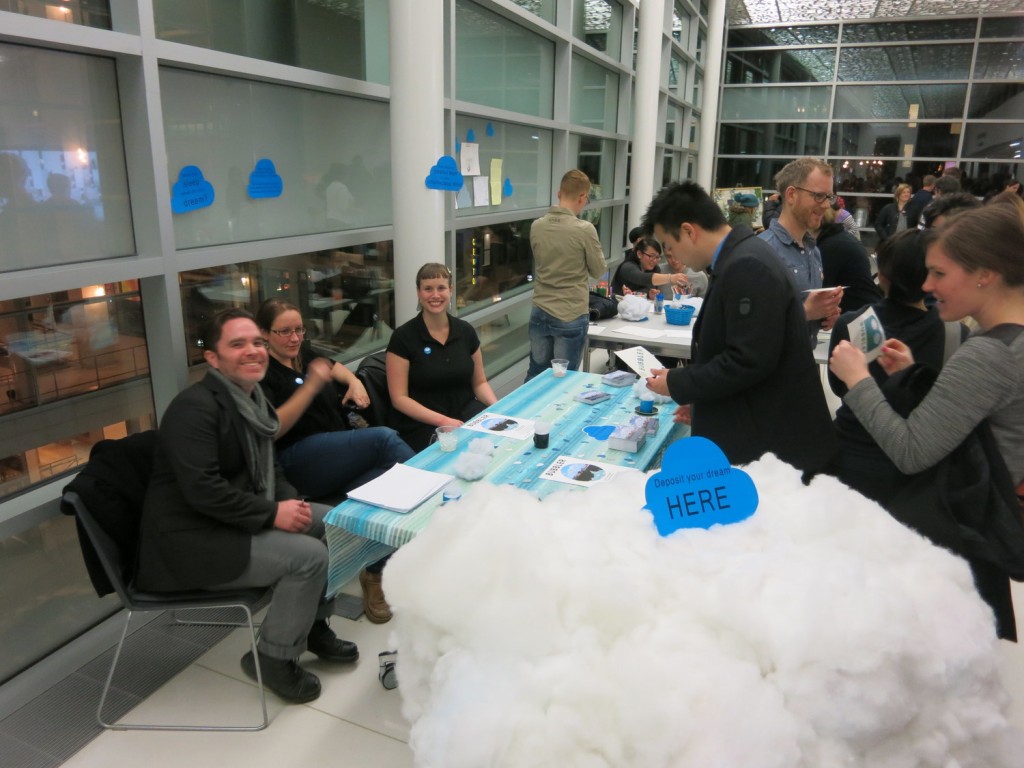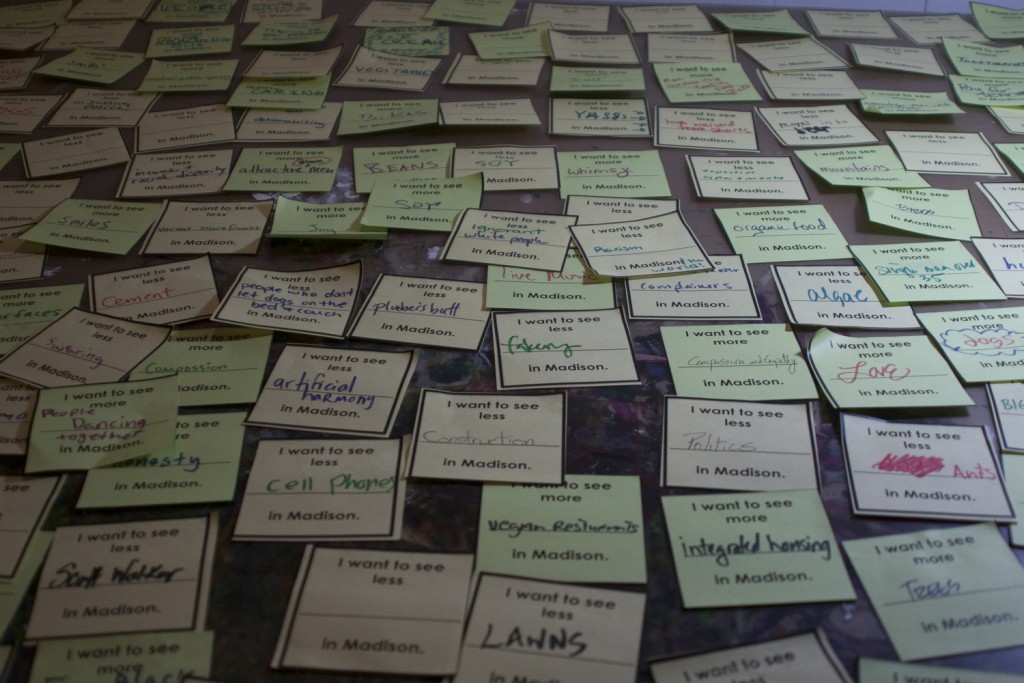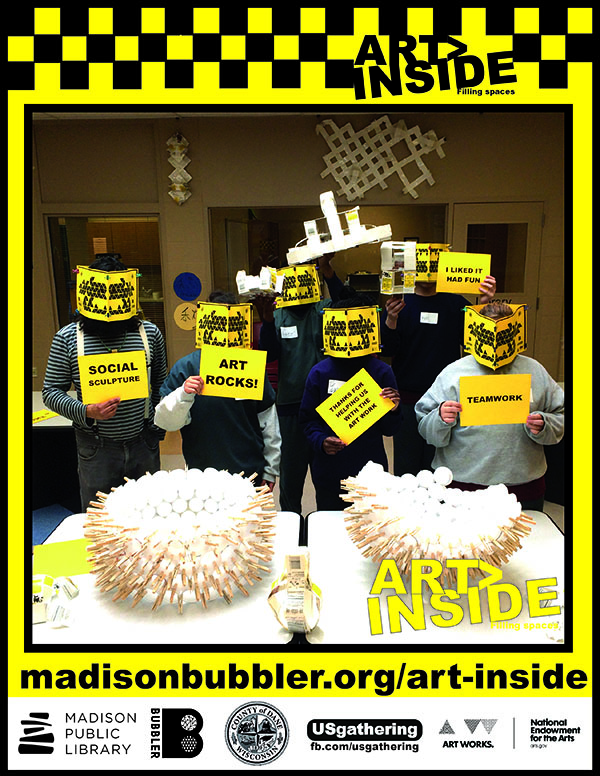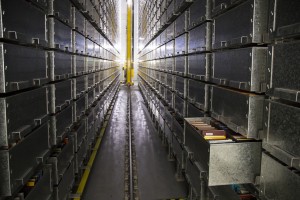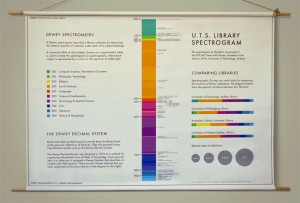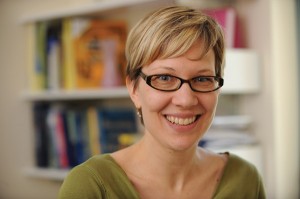
Issues of race, diversity, and inclusion have been important to the field of LIS for some time, as LIS educators and faculty struggle to identify ways to attract and retain more people of color to the field, and to determine how a field that is overwhelmingly white and middle-class can learn to engage, collaborate with, and serve an increasingly diverse population. Of course, questions of racism and diversity are not unique to LIS, and in fact the Black Lives Matter movement and the nation-wide protests of deaths of people of color—mostly black men—by police officers highlight how these issues are being grappled with across the country. In the cities of Ferguson, Missouri and Baltimore, Maryland, among others, communities have gathered to protest the deaths as well as the apparent lack of response and action by the police department and local government. There have been similar movements within higher education, often student-led. Perhaps most notable are the University of Missouri, where student protests prompted the resignation of Chancellor R. Bowen Loftin and President Tim Wolfe, but many other campuses across the country have seen similar action, including here at Simmons College where a campus conversation led by Assistant Dean for Diversity and Inclusion Lisa Smith-McQueenie was followed by a campus-wide student protest which led to a meeting between leaders of the Black Student Organization, President Helen Drinan, and Provost Katie Conboy.
Engaging with questions of diversity, inclusion, racism, and oppression is extremely important for the field of LIS. Libraries, particularly public libraries, have always had a mission to reach out to and serve everyone, especially marginalized populations. As the population becomes increasingly diverse, it is incumbent on information professionals and LIS educators to consider how best to fulfill this mission. The importance of these issues is reflected in the fact that the last two Association of Library and Information Science Educators (ALISE) conferences had themes focused on inclusion and social justice. Similarly, ALA’s new Libraries Transform awareness campaign focuses on facilitation of “individual opportunity and community progress,” and “advancing [the library’s] legacy of reading and developing a digitally inclusive society,” as two of its key messages. As we consider how to engage with these issues, we should remember that leadership can come from any position, as demonstrated by the students in Simmons College’s School of Library and Information Science, who have been actively engaged in promoting diversity and inclusion and raising awareness of issues of racism, microaggressions, and oppression on campus. One group of students, referring to themselves as an anti-oppression group, has been particularly active, initiating meetings with the Dean, faculty members, and fellow students to promote more open conversation. These students have taken a leadership role within the school on these issues, and their work has resulted in some tangible outcomes. I recently sat down with two of these students—Joyce Gabiola and Jehan Sinclair—to talk about their work, and how it could inspire continued change both within Simmons SLIS, and on other campuses.
I began by asking Joyce and Jehan to tell me a little bit about the work they and their cohort have been engaged in.
Even before the group formally came together, some members worked with the Simmons chapter of the Progressive Librarians’ Guild (PLG) to set up lectures and guest speakers to discuss issues of anti-racism in LIS. For instance, over the 2013/2014 academic year, cohort member Katie Seitz worked with PLG to curate a series of anti-racism lectures featuring SLIS professors Lisa Hussey’s “Why Talk about Race and Racism in LIS?” and Joel Blanco-Rivera (who now teaches at the University of Puerto Rico) speaking about “Race and Racism in the Archives.” They also brought in outside speakers, such as Robin Brenner, Teen Librarian at the Boston Public Library, who discussed issues of racism in young adult literature. All of these lectures are available to view on the PLG Blog.
The cohort, and Joyce and Jehan in particular, is also interested in facilitating conversations about race and racism on campus, and trying to engage students outside of the cohort. These students have been initiating conversations with students to determine what issues need to be addressed, and then finding ways to bring these issues to the attention of faculty and administrators. For instance, the cohort initiated a series of meetings with Simmons SLIS Dean Eileen Abels, and have been active in SLIS town hall meetings, which are held periodically throughout the school year. While these discussions have been useful in raising awareness of student concerns with racism, microaggressions, inclusion, etc., Joyce and Jehan acknowledge that it is not always easy to communicate these issues to the administration.
 In order to bring more student voices to the conversation, Joyce is spearheading an LIS education forum entitled DERAIL, (Diversity, Equity, Race, Accessibility, and Identity in LIS), which is a “student-led event initiated to address the need for critical discussions of the intersections between social justice issues and our roles as students and information professionals.” This forum, to be held on March 26th, 2016, will feature student projects and ideas, including poster presentations, panels, and round table discussions. It will offer Simmons SLIS students an opportunity to present their work and communicate with each other on topics of concern. As Joyce explains, the main goal is “to provide the opportunity to have explicit, meaningful conversations surrounding diversity, racism and oppression because these opportunities do not exist in LIS classrooms. Also, because we intend to live-stream the forum, non-students (practitioners, faculty, etc.) will also have the opportunity to learn about what we understand to be imperative to professional standards and pedagogy from the student perspective.” In addition, the forum will give students a chance to employ public speaking and presentation skills, something with which many students want more practice.
In order to bring more student voices to the conversation, Joyce is spearheading an LIS education forum entitled DERAIL, (Diversity, Equity, Race, Accessibility, and Identity in LIS), which is a “student-led event initiated to address the need for critical discussions of the intersections between social justice issues and our roles as students and information professionals.” This forum, to be held on March 26th, 2016, will feature student projects and ideas, including poster presentations, panels, and round table discussions. It will offer Simmons SLIS students an opportunity to present their work and communicate with each other on topics of concern. As Joyce explains, the main goal is “to provide the opportunity to have explicit, meaningful conversations surrounding diversity, racism and oppression because these opportunities do not exist in LIS classrooms. Also, because we intend to live-stream the forum, non-students (practitioners, faculty, etc.) will also have the opportunity to learn about what we understand to be imperative to professional standards and pedagogy from the student perspective.” In addition, the forum will give students a chance to employ public speaking and presentation skills, something with which many students want more practice.
Joyce also admits, however, that while they are using the word diversity, it is one with which they are somewhat uncomfortable. They are uncomfortable using words like “diversity” and “inclusion” because they believe those words do not really reflect what they are trying to accomplish. As Joyce asks, “what does diversity even mean?” They note that what they really want to do is to work against oppression, and as such words like race, racism, white privilege, and even oppression more accurately describe the focus. Nevertheless, the profession tends to use more neutral or politically correct terms like diversity and inclusion. Joyce and Jehan point out that the word diversity has become cultural shorthand for political correctness, but it is not always clear what people are talking about when they use the words diversity and inclusion. They note that it could just mean trying to recruit more people of color and more people of different backgrounds (both faculty and students), but that is not enough. It is really about working against oppression.
I asked Joyce and Jehan what got them and their cohort started on these actions.
While there wasn’t a single event or incident that triggered them, the students were definitely spurred by the results of a graduate retention survey that was completed on campus in 2014. In the summary results that were shared with students, they noted that some of the comments and statistics seemed to reflect dissatisfaction with the climate on campus. These results resonated with some of the cohort students, and reinforced questions and concerns that they already had. The report was sent out by Dean Abels, and at the end she invited students to contact her with any questions. The cohort decided to reach out to Dean Abels to ask what was being done in response to the concerns raised by the survey and, more specifically, what was being done to address concerns of racial oppression on campus. These efforts led to a series of meetings between the cohort and Dean Abels during which the students were able to raise some of the questions and concerns they had, and push for action.
I then asked them what are the goals of the cohort as they engage in these activities and discussions?
Most importantly, according to Joyce and Jehan, the cohort would like to see an institutional commitment to addressing issues of racism and oppression so that things will not go back to the way they were before students started raising awareness. They fear that without such a commitment, and if other students do not engage, the conversation and any progress that has been made will fade as the cohort graduates and moves on.
Both Joyce and Jehan also admitted that the work they have been doing has been exhausting. As Jehan explained, they really just want to go to school and be students like everyone else. But they also recognize the importance of these issues and they have made the decision to engage with them.
I was also interested to know what faculty and students—either at Simmons SLIS or on other campuses—could do to support these students’ efforts.
Joyce and Jehan suggested that faculty could take steps to inform themselves about some of these issues. As they point out, there is some great information about race and racism, microaggressions, and oppression online, including some very informative YouTube videos. They note that finding resources does not necessarily take a lot of time, but faculty do need to take a step back and reflect on the issues. They also need to understand and acknowledge that there are things they don’t know, experiences they aren’t familiar with, but that they can learn. Without taking steps to inform themselves, they are depending on students, especially students of color, to shoulder the burden of educating the faculty on these issues. Joyce explains that this self-education is a process and requires time and effort, but acknowledges that everyone will have to start somewhere and proceed at their own pace. They suggest “starting with Jay Smooth and his discussions on racism. In fact, check out the anti-racism libguide originally created by Catherine Dixon (SLIS student and Library Assistant at Beatley), which includes Jay Smooth’s Tedx Talk.”
They also encourage faculty to listen to student concerns. If students bring up these issues, it is important for faculty not to dismiss them but to validate their perspectives. They fear that there is a tendency to disregard or dismiss topics that are uncomfortable, and while they acknowledge that everyone does it and it is natural to some extent, the impact is greater when it is a faculty member who is dismissing the issue. So they encourage faculty to step back from themselves and try to engage with these uncomfortable topics.
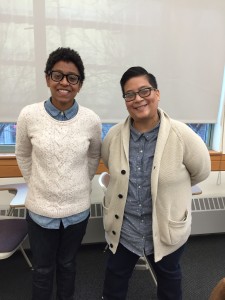
Joyce and Jehan suggested that the work for students is very much the same as for faculty: to educate themselves about the topic and to try not to shy away from difficult discussions. They shared an example of a student, Nicole Cunha, DERAIL’s Web Coordinator and Accessibility Consultant, who posted a video on race and technology on Facebook that spurred some online discussion. In the discussion, someone suggested that this would be a good topic for the American Society of Information Science & Technology (ASIS&T) to take up. Following this, Julia Caffrey, a co-chair of the ASIS&T student chapter, invited student leaders last semester to engage in a discussion about diversity, race and technology at an ASIS&T meeting.
Finally, I asked Joyce and Jehan what they are excited about.
They said there is still a lot of work to be done—conversations to be had, articles to be written. But they are looking forward to sharing the work with their professional colleagues.
I really enjoyed talking with Jehan and Joyce, and I want to thank them for taking the time to meet with me. I also want to say that I think they were somewhat modest in discussing the impact of their cohort’s work, so I wanted to wrap up this article by highlighting some of the projects and initiatives that have been spurred by these students:
- Dean Abels has instituted training for faculty. Beginning with a presentation at the August 2015 faculty retreat, SLIS faculty are engaging in required training on diversity and inclusion, including facilitating discussions and recognizing and responding to microaggressions.
- A presentation on inclusion has been integrated into the SLIS student orientation. Beginning with the fall 2015 orientation, Lisa Smith-McQueenie runs a session at each orientation to discuss issues of race, inclusion, and respect and to encourage students to engage with these topics.
- Joyce and Jehan created and facilitated a breakout session on diversity and social justice as part of orientation.
- Faculty are working to integrate more attention to these issues into the LIS curriculum. In particular, the course LIS 401 Foundations of Library and Information Science was revised for fall 2015 to include more readings and assignments related to issues of racism, oppression, and diversity. For example, student now read Todd Honma’s article “Trippin’ Over the Color Line” and use that as a lens to interrogate some of the traditional paradigms of LIS. Further review and revisions of that course are underway. In summer 2015, Lisa Hussey taught the course Race and Racism in LIS, and in spring 2016 I am launching a special topics course, Radical Librarianship: Critical Theory and Praxis. Faculty are also reviewing core courses to determine how to integrate these issues into courses such as LIS 407 Information Sources & Services and LIS 415 Organization of Information.
- Dean Abels is in the process of convening a task force on Diversity and Inclusion.
- The assessment committee is in the process of reviewing and revising the course evaluation form, in part to integrate questions relating to classroom climate and attention to issues of diversity, oppression, and microaggressions in the classroom.
As Jehan and Joyce pointed out, the work is far from done. But I think their cohort should feel proud of the changes they’ve helped to initiate. I hope that their work will continue to inspire change at Simmons SLIS and within the larger profession. It’s also important for other students and professionals to recognize that their voices really can initiate change. It can feel daunting at times to speak up on these issues, especially if you feel like you’re the only person talking, but the work of these students demonstrates that even a single voice can have a great impact. On topics as important as these, we cannot stay silent. I have every hope that real change will occur in the field, knowing that these talented and engaged students will soon be entering the profession.
This post was written by SLIS Assistant Professor Laura Saunders.

